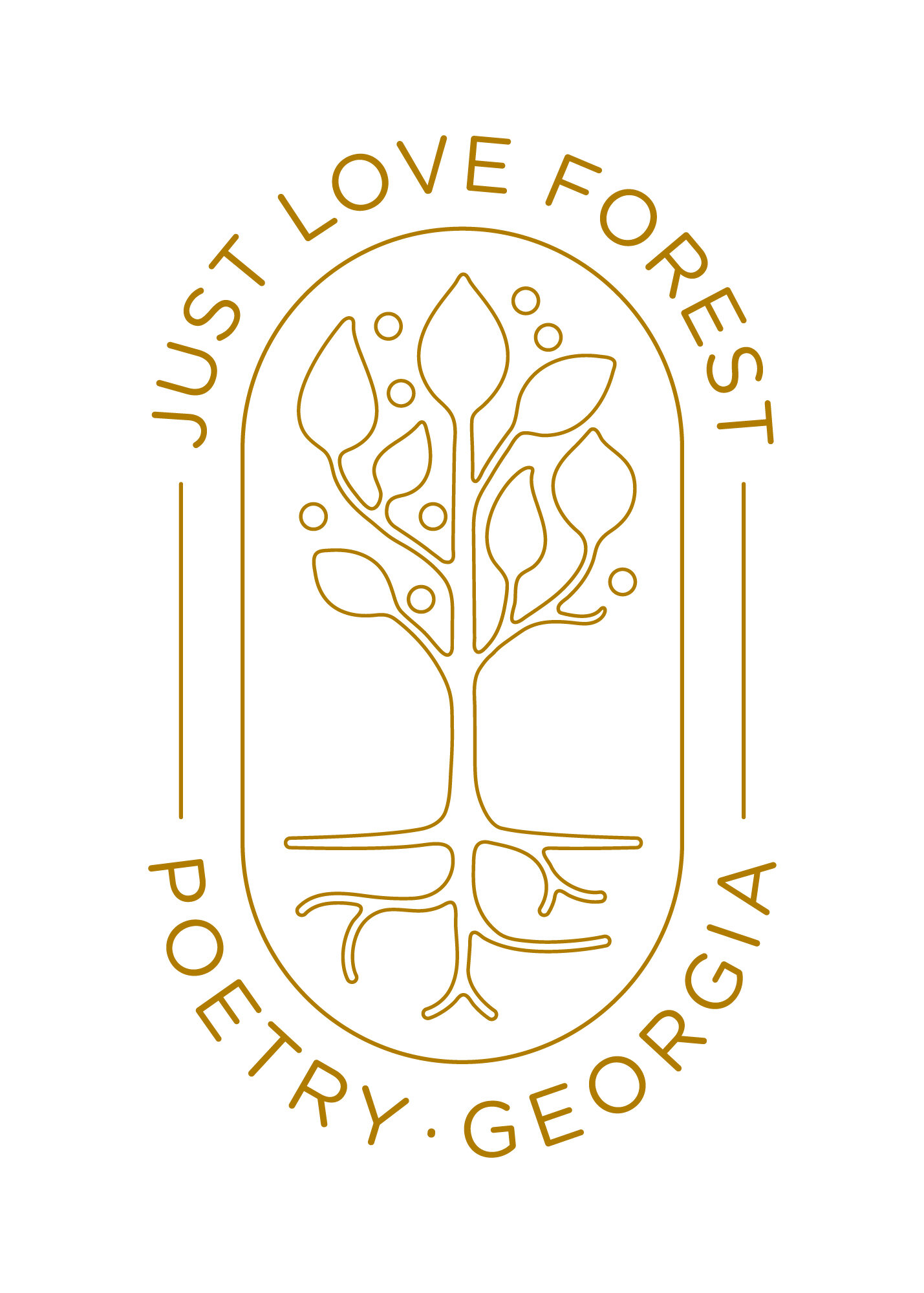History
Natural burial, recognized as the oldest and most traditional form of burial, has been practiced for thousands of years. Before the 19th century, this method was the primary way of conducting burials in the United States. During the 1500s and 1600s, for example, people were frequently buried in churchyards without coffins, wrapped simply in shrouds. Puritans in New England in the 1600s also followed simple burial practices, opting for common areas outside their villages with no religious affiliation. Family farms often had their own cemeteries where bodies were buried in plain wooden coffins after being washed, dressed, and groomed.
The civil War changed things
However, the Civil War significantly altered burial practices due to the need for preserving and transporting soldiers' bodies, leading to the widespread use of embalming. In the 1900s, cremation gained popularity as it was considered a modern and hygienic approach, especially following several epidemics that raised concerns about the transmission of diseases from corpses.
Returning to eco-consciousness
Today, with a resurgence in environmental consciousness, green burial has gained renewed interest. It typically involves simple enshrouding or the use of biodegradable containers, thus minimizing the carbon footprint and serving as an eco-friendly and affordable alternative to conventional burial practices.



